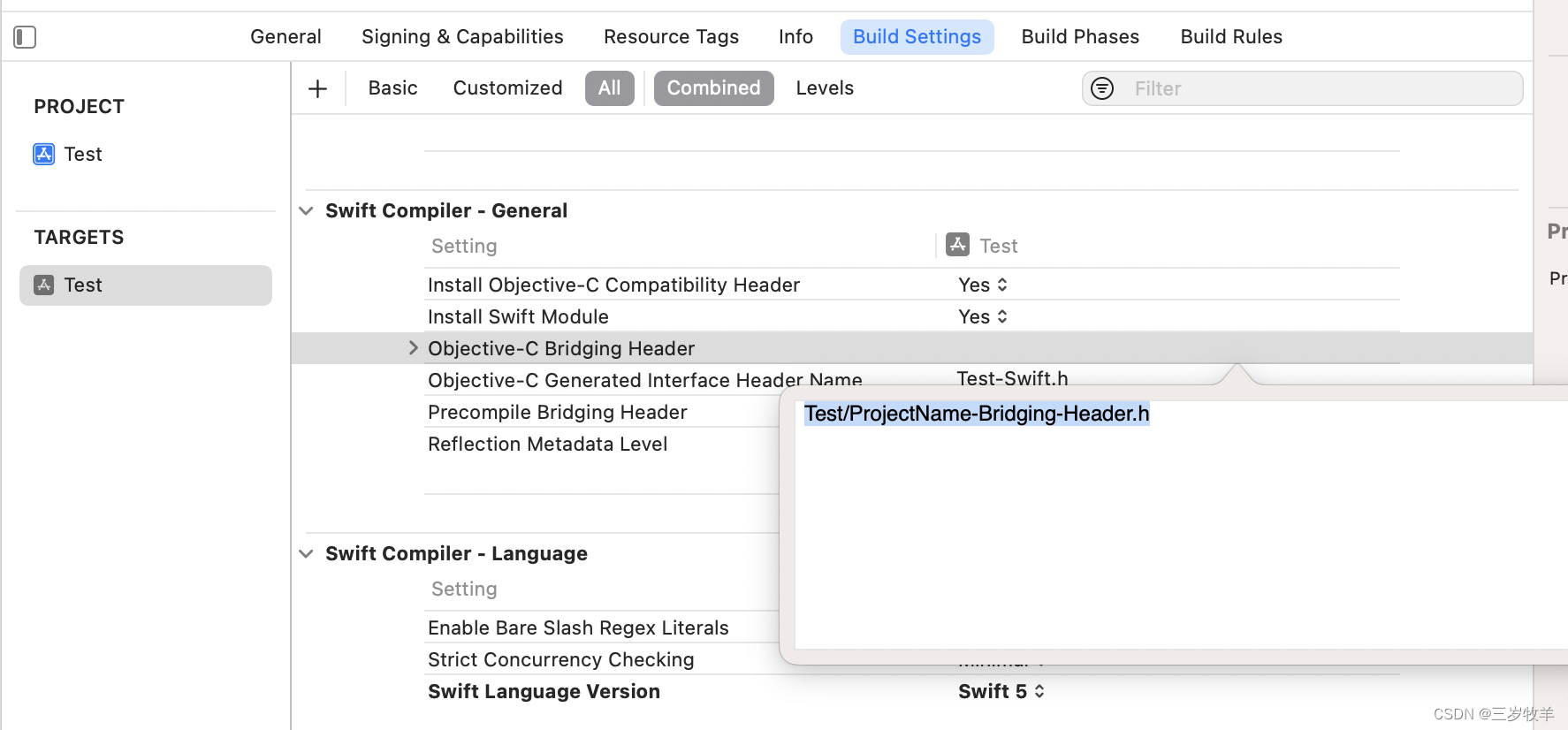
目录
1. 最小栈 🌟
2. 组合总和 II 🌟🌟
3. 相同的树 🌟
🌟 每日一练刷题专栏 🌟
Golang每日一练 专栏
Python每日一练 专栏
C/C++每日一练 专栏
Java每日一练 专栏
1. 最小栈
设计一个支持 push ,pop ,top 操作,并能在常数时间内检索到最小元素的栈。
push(x)—— 将元素 x 推入栈中。pop()—— 删除栈顶的元素。top()—— 获取栈顶元素。getMin()—— 检索栈中的最小元素。
示例:
输入: ["MinStack","push","push","push","getMin","pop","top","getMin"] [[],[-2],[0],[-3],[],[],[],[]]
输出: [null,null,null,null,-3,null,0,-2]
解释: MinStack minStack = new MinStack(); minStack.push(-2); minStack.push(0); minStack.push(-3); minStack.getMin(); --> 返回 -3. minStack.pop(); minStack.top(); --> 返回 0. minStack.getMin(); --> 返回 -2.
提示:
pop、top和getMin操作总是在 非空栈 上调用。
出处:
https://edu.csdn.net/practice/27913069
代码:
class MinStack {Stack<Integer> data_stack;Stack<Integer> min_stack;/** initialize your data structure here. */public MinStack() {data_stack = new Stack<Integer>();min_stack = new Stack<Integer>();}public void push(int x) {data_stack.push(x);if (min_stack.isEmpty()) {min_stack.push(x);} else {if (x > min_stack.peek()) {x = min_stack.peek();}min_stack.push(x);}}public void pop() {data_stack.pop();min_stack.pop();}public int top() {return data_stack.peek();}public int getMin() {return min_stack.peek();}
}
/*** Your MinStack object will be instantiated and called as such:* MinStack obj = new MinStack();* obj.push(x);* obj.pop();* int param_3 = obj.top();* int param_4 = obj.getMin();*/输出:
略
2. 组合总和 II
给定一个数组 candidates 和一个目标数 target ,找出 candidates 中所有可以使数字和为 target 的组合。
candidates 中的每个数字在每个组合中只能使用一次。
说明:
- 所有数字(包括目标数)都是正整数。
- 解集不能包含重复的组合。
示例 1:
输入: candidates = [10,1,2,7,6,1,5], target = 8, 所求解集为:[[1, 7],[1, 2, 5],[2, 6],[1, 1, 6]]
示例 2:
输入: candidates = [2,5,2,1,2], target = 5, 所求解集为:[[1,2,2],[5]]
出处:
https://edu.csdn.net/practice/27913070
代码:
import java.util.*;
public class Solution {public static List<List<Integer>> combinationSum2(int[] candidates, int target) {Arrays.sort(candidates);List<List<Integer>> res = new ArrayList<List<Integer>>();if (candidates.length == 0 || target < candidates[0])return res;List<Integer> tmp = new ArrayList<Integer>();helper(candidates, target, 0, tmp, res);return res;}public static void helper(int[] a, int target, int start, List<Integer> tmp, List<List<Integer>> res) {if (target < 0)return;if (target == 0) {res.add(new ArrayList<Integer>(tmp));return;}for (int i = start; i < a.length; i++) {tmp.add(a[i]);int newtarget = target - a[i];helper(a, newtarget, i + 1, tmp, res);tmp.remove(tmp.size() - 1);if (newtarget <= 0)break;while (i + 1 < a.length && a[i] == a[i + 1])// 组合中有重复元素,不要重复开头i++;}}public static void main(String[] args) {int[] candidates = {10,1,2,7,6,1,5};System.out.println(combinationSum2(candidates, 8));int[] candidates2 = {2,5,2,1,2};System.out.println(combinationSum2(candidates2, 5));}
}输出:
[[1, 1, 6], [1, 2, 5], [1, 7], [2, 6]]
[[1, 2, 2], [5]]
3. 相同的树
给你两棵二叉树的根节点 p 和 q ,编写一个函数来检验这两棵树是否相同。
如果两个树在结构上相同,并且节点具有相同的值,则认为它们是相同的。
示例 1:

输入:p = [1,2,3], q = [1,2,3] 输出:true
示例 2:

输入:p = [1,2], q = [1,null,2] 输出:false
示例 3:

输入:p = [1,2,1], q = [1,1,2] 输出:false
提示:
- 两棵树上的节点数目都在范围
[0, 100]内 -10^4 <= Node.val <= 10^4
出处:
https://edu.csdn.net/practice/27913071
代码:
import java.util.*;
import java.util.LinkedList;
public class Solution {public final static int NULL = Integer.MIN_VALUE; //用NULL来表示空节点public static class TreeNode {int val;TreeNode left;TreeNode right;TreeNode() {}TreeNode(int val) {this.val = val;}TreeNode(int val, TreeNode left, TreeNode right) {this.val = val;this.left = left;this.right = right;}}public static boolean isSameTree(TreeNode p, TreeNode q) {if (p == null && q == null) {return true;}if (p != null && q != null && p.val == q.val) {return isSameTree(p.left, q.left) && isSameTree(p.right, q.right);} else {return false;}}public static TreeNode createBinaryTree(Integer[] nums) {Vector<Integer> vec = new Vector<Integer>(Arrays.asList(nums));if (vec == null || vec.size() == 0) {return null;}Queue<TreeNode> queue = new LinkedList<>();TreeNode root = new TreeNode(vec.get(0));queue.offer(root);int i = 1;while (!queue.isEmpty()) {int size = queue.size();for (int j = 0; j < size; j++) {TreeNode node = queue.poll();if (i < vec.size() && vec.get(i) != NULL) {node.left = new TreeNode(vec.get(i));queue.offer(node.left);}i++;if (i < vec.size() && vec.get(i) != NULL) {node.right = new TreeNode(vec.get(i));queue.offer(node.right);}i++;}}return root;}public static void main(String[] args) {Integer[] np1 = {1,2,3};Integer[] nq1 = {1,2,3};TreeNode p = createBinaryTree(np1);TreeNode q = createBinaryTree(nq1);System.out.println(isSameTree(p, q));Integer[] np2 = {1,2};Integer[] nq2 = {1,NULL,2};p = createBinaryTree(np2);q = createBinaryTree(nq2);System.out.println(isSameTree(p, q));Integer[] np3 = {1,2,1};Integer[] nq3 = {1,1,2};p = createBinaryTree(np3);q = createBinaryTree(nq3);System.out.println(isSameTree(p, q));}
}输出:
true
false
false
🌟 每日一练刷题专栏 🌟
✨ 持续,努力奋斗做强刷题搬运工!
👍 点赞,你的认可是我坚持的动力!
🌟 收藏,你的青睐是我努力的方向!
✎ 评论,你的意见是我进步的财富!
☸ 主页:https://hannyang.blog.csdn.net/
 | Golang每日一练 专栏 |
 | Python每日一练 专栏 |
 | C/C++每日一练 专栏 |
 | Java每日一练 专栏 |





